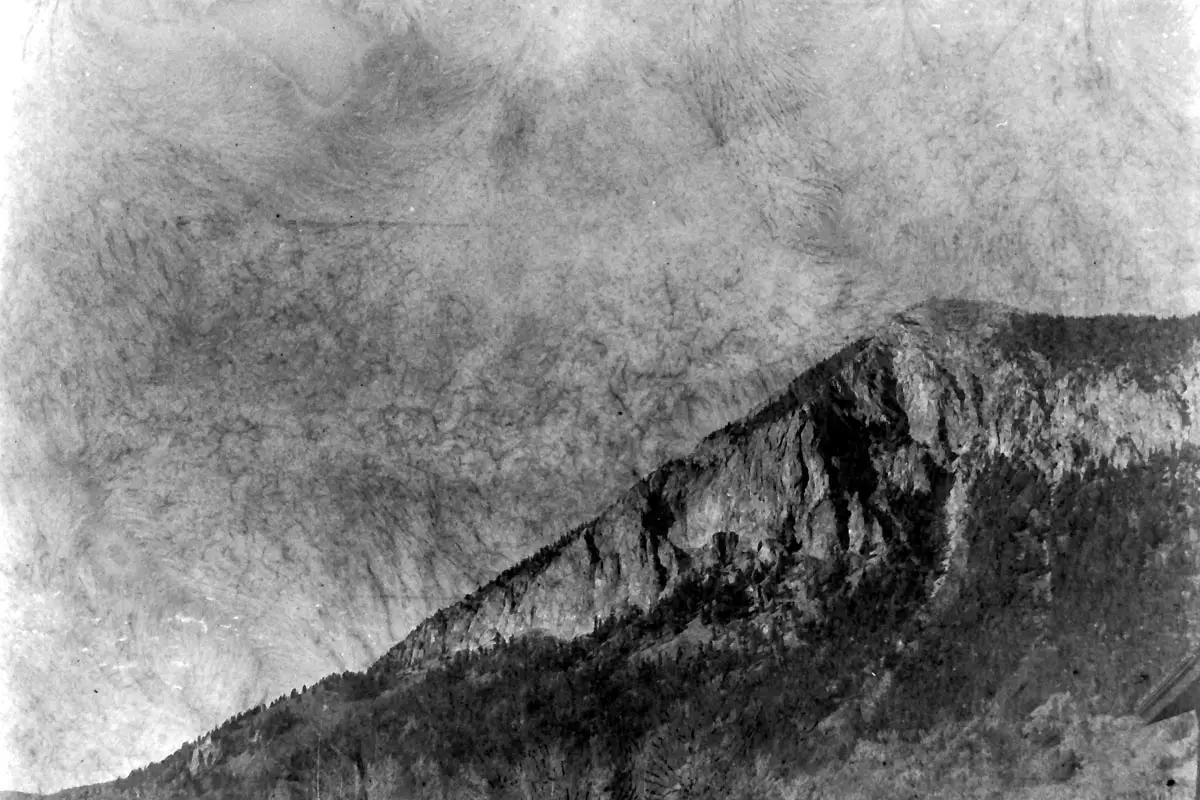I’m fairly new to the world of film photography, so I’ve been doing quite a bit of experimentation lately. In order to better understand the medium (and to curtail some pandemic-induced boredom), I’ve taken to shooting a broad assortment of films, trying various processing methods, and using different developers.
In continuing this trend, I recently got my hands on a few rolls of Svema FN 64 that expired in the early ’90s. It took about a month for the film to make its way from Ukraine to my doorstep, and when it did I was somewhat surprised to find that the surprisingly small boxes did not contain preloaded cassettes; the film was simply rolled up and wrapped in black paper, which was apparently the norm for much of the Soviet era.
I hastily loaded the film (in a changing bag, of course) into an empty cassette I had lying around and popped it into my Nikkormat FTN. At the time of shooting, my camera was equipped with its stock Nikkor-H 50mm f/2 lens.

I’ve read (and found in my personal experience) that expired film does lose some of its speed over time, though I’ve never followed the “one stop per decade” adage. This film is probably about or over 30 years old and I have absolutely no idea how this it was stored, so it may have been permissible to drop its rating down a stop or two, but I figured it may be nice to get a baseline of sorts and decided to shoot my first roll more-or-less at box speed.
I got just about 36 frames out of this roll, but unfortunately managed to tear off a big chunk of the last few while rewinding the film (may have been a result of my ad hoc loading technique). When it came time to develop, I decided to go with Rodinal 1:50 at 20°C. As I mentioned, I had little to no idea of what I should expect and would not have been in the least bit surprised if I didn’t get any images at all. As you can see, I did get some images, though, and they are entirely different than I imagined they’d be.





None of the nighttime shots I took turned out. The usable images I did manage to get were pretty fogged and underexposed, so I did some minor level adjustment in GIMP. Next time I shoot one of these rolls I’ll take precautions to ensure I don’t allow for any light leaks/light piping and will likely drop down my metering to at least EI 50.
I’ve shot some film at least a decade older than this stock, but have not seen evidence of emulsion break down like this before. I find that it gives a creepy or haunted feel to the images, but I sort of like it. It’s an interesting film from a bygone era and I’m for sure looking forward to shooting it again.
Thanks for reading!
~ Michael
Submit your 5 Frames… today
Get your own 5 Frames featured by submitting your article using this form or by sending an email via the contact link at the top of the page.
Share your knowledge, story or project
The transfer of knowledge across the film photography community is the heart of EMULSIVE. You can add your support by contributing your thoughts, work, experiences and ideas to inspire the hundreds of thousands of people who read these pages each month. Check out the submission guide here.
If you like what you’re reading you can also help this passion project by heading over to the EMULSIVE Patreon page and contributing as little as a dollar a month. There’s also print and apparel over at Society 6, currently showcasing over two dozen t-shirt designs and over a dozen unique photographs available for purchase.








3 responses to “5 Frames… On 30-ish year old Svema FN 64 (35mm Format / EI 64 / Nikkormat FTN + Nikkor-H 50mm f/2 Non-AI)”
Love the result, these textures looks super cool, for me !
I have shot this film in medium format with many different film speeds and ‘develop before’ dates exceeded by up to 40 years. The look of your lovely photos is so similar to my own results. A real character film!
Wow what a unique photo, it’s beautiful